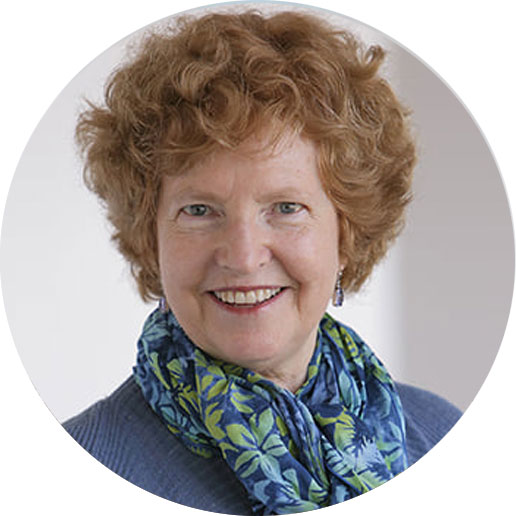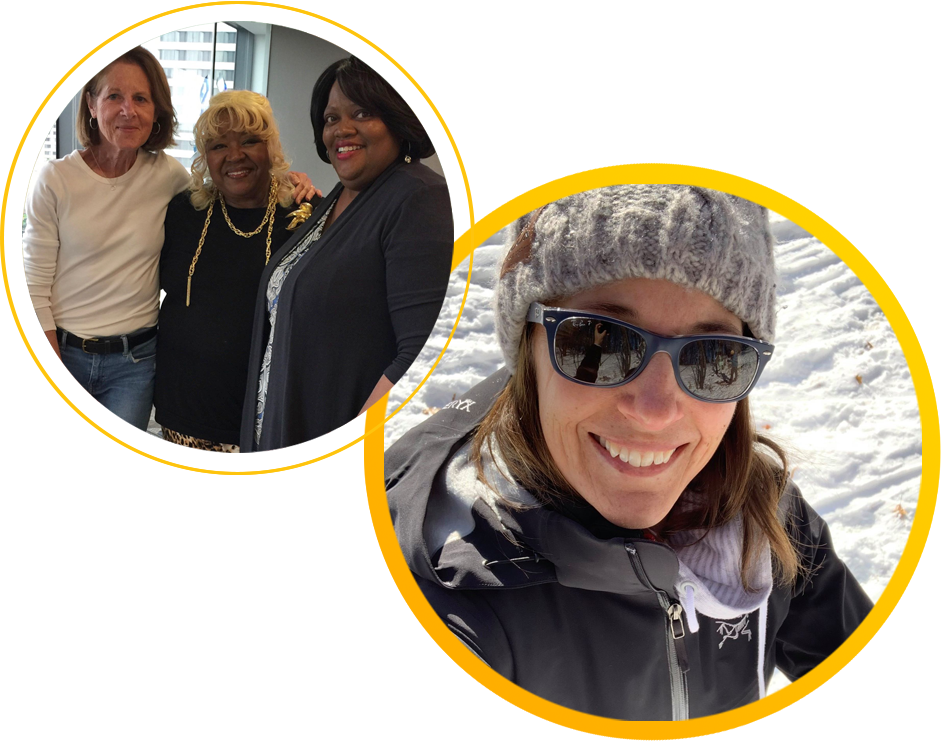The conversation should begin soon after treatment ends, and follow-up care begins. “Ideally, everyone should have a physician who encourages them to describe how they’re doing and assures them there is a psycho-oncologist or social worker who can help. The oncologist shouldn’t have to manage someone’s depression, but he or she should be expected to help the patient access this care.”
Julia and her colleagues have labored to see that survivorship care plans are used consistently to guide post-treatment care, from cancer and cardiac testing to assessing psychosocial problems. In 2006, the Institute of Medicine published a landmark report, “From Cancer Patient to Cancer Survivor: Lost in Transition,” which included ten recommendations for enhancing post-treatment care. Ten years later, Julia co-authored a paper in the Journal of Clinical Oncology that described the disappointing lack of success in meeting some of these.*
“Despite the fact that the Commission on Cancer added a requirement in 2015 that patients completing initial treatment be given a survivorship care plan, it quickly became just a piece of paper or a document in an electronic medical record. The intended dialogue between the patient and provider about what to expect went missing. There was pushback from clinical staff, who often asked: who’s going to do this? The requirement was subsequently modified to be part of a list of suggestions.”
Given the lingering stigma of mental illness in our culture, who is going to ask individuals about their mental health over a period of decades? Or about the range of symptoms that may occur after a cancer diagnosis or treatment, including fatigue, trouble sleeping, eating disorders, and trouble concentrating.
“It’s complicated because when they are referred to see a counselor, some people think it means ‘you’re crazy,’” Julia says. “We now use the term distress, which is a more benign way to talk about emotional well-being. Currently, distress screening is broadly used. The challenge with universal screening is: once you’ve been screened, do you have access to treatment? And who follows up to make sure you received the right treatment and, most important, that your symptoms were resolved?”
Distress: Connecting Individuals with Resources
That is a question Sophia Smith, Ph.D., has worked on for several years. A member of the Hodgkin’s International Board of Directors, she is an Associate Professor at the Duke School of Nursing, where she teaches and conducts research, mainly on symptoms of post-traumatic stress disorder (PTSD) in cancer survivors. “By coincidence, my first study, which documented the prevalence of PTSD in lymphoma survivors, was funded by Julia Rowland when she was the OCS director at the NCI,” Sophia recalls. “This was my dissertation topic, even though I was told by my mentors that it was a somewhat risky subject.”
But she knew PTSD was worthy of study; Sophia had experienced symptoms herself 20 years after being diagnosed with Hodgkin lymphoma. “In 1995, I was diagnosed with breast cancer as a late effect and, during my first chemotherapy session, it felt like I was a teenager again, going through treatment for Hodgkin’s. I wondered: why am I being treated again after being cured? I discussed this with a psychologist at Duke who told me that was likely a PTSD symptom –that is, re-experiencing something traumatic.” Research on lymphoma survivors indicates that 37% have persistent PTSD symptoms more than seven years after treatment.
At the time, Sophia was working at IBM, where she developed software applications and learned programming and project management. However, her experiencing this PTSD symptom convinced her to change careers. “I went back to school and received my social work degree and, using my technology skills, looked for existing mobile applications so I didn’t have to ‘reinvent the wheel.’ That’s when I found PTSD Coach, which was developed for veterans by the National Center for PTSD. I’ve had a wonderful partnership with them for more than a decade.”
Her first research step was to revise their existing mobile app for cancer survivors. It is called Cancer Distress Coach and contains four modules: learn about PTSD, self-assessment, managing symptoms, and finding support. “We studied 31 adult cancer patients at Duke; they really liked using the app, and half of them got significantly better after using it for eight weeks.”
The data were encouraging, but a true clinical trial with a control group was needed to prove causation. “We now have a full-fledged trial underway with colleagues from Memorial Sloan-Kettering in New York that uses Cancer Distress Coach,” says Sophia. They are studying 400 individuals who received stem cell transplants –treatment that is associated with the highest rate of PTSD symptoms among cancer patients.
“When we started the trial, we anticipated that half the patients would be recruited from Duke and half from Sloan-Kettering. However, we decided to expand our study nationally to reach a broader population of survivors. We assess them at four weeks, and if they are getting better, they continue to use the app. If not, we randomize them to using the app along with a therapist using the app or a cognitive behavior therapy protocol.” The study will be completed in 2024.
Many cancer centers now distribute distress thermometers, a simple tool that patients complete whenever they come for care. “The patient is asked to indicate, on a scale of 0 to ten, how distressed they are,” Sophia explains. “My vision is that, when a patient indicates distress, they should be provided with a list of resources; one of them might be our Cancer Distress Coach app. There are distress and survivorship guidelines, including from the National Comprehensive Cancer Network, on what to do when a patient registers distress. The sad part is that, in our current medical system, ongoing survivorship care, in general, does not receive enough attention. Unless you have a clinician who makes it a priority to assess her/his patients for PTSD, anxiety, and depression, it’s up to the patient to serve as their own advocate.”
When patients have a difficult time playing that role, they often turn to a family member. “There is evidence that the rates of PTSD are even higher in family members who serve as caregivers,” Sophia notes. “That is why we are about to launch a pilot study among 50 cancer caregivers as part of the Duke-Sloan-Kettering trial, including the use of the Cancer Distress Coach app.”





